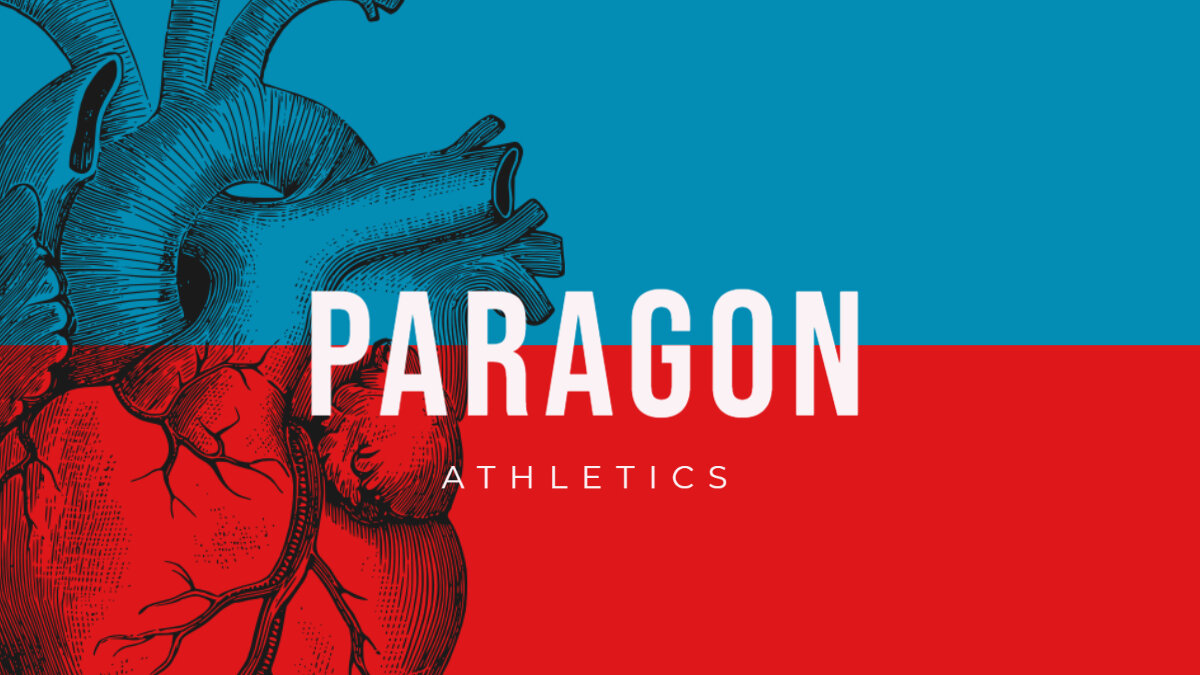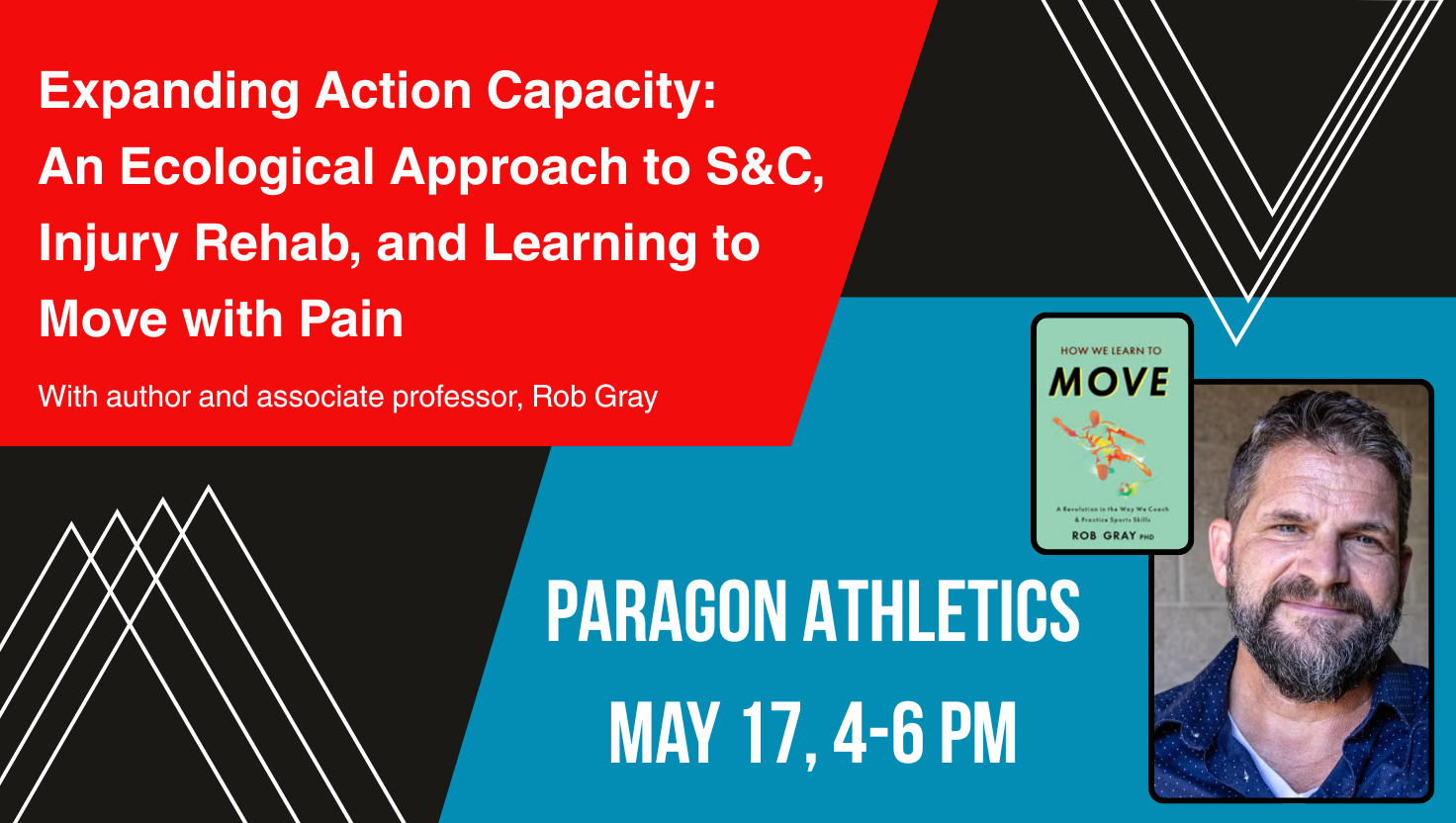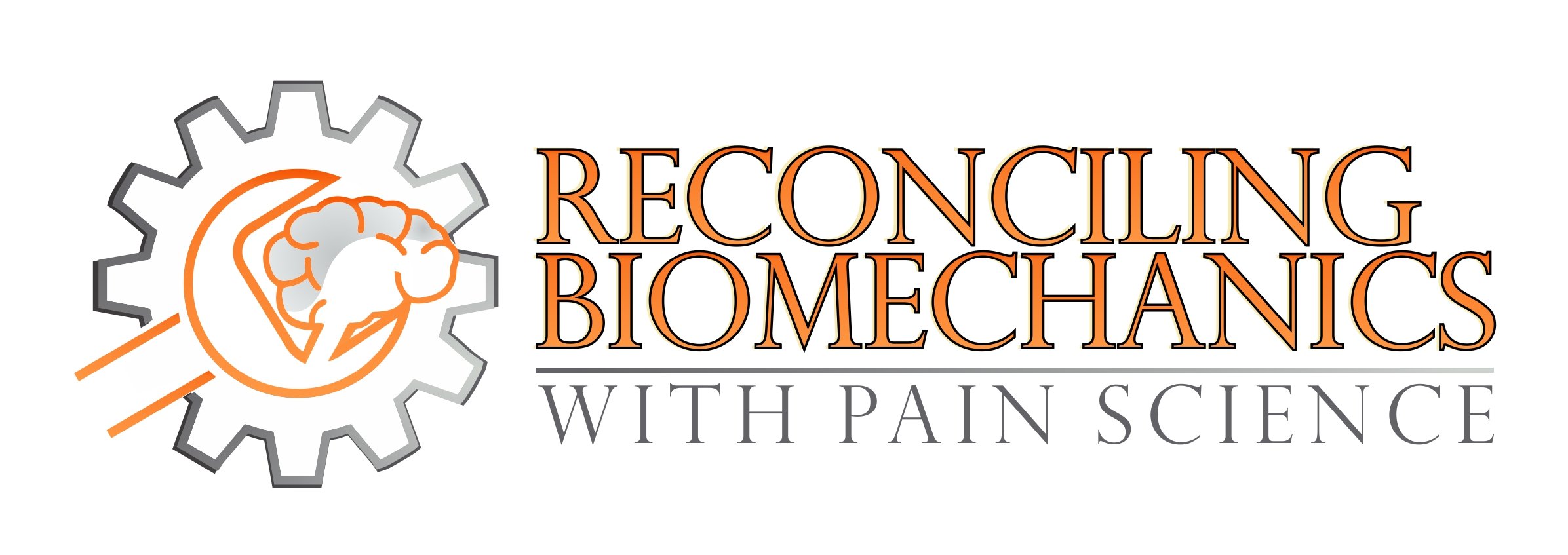If you have a brain, you will experience pain
Pain is a construct of the brain. The brain and the nervous system are very adaptable.
As humans and athletes, adaptability is our greatest gift, but can also be the thing that causes problems. The very same mechanisms that cause us to change in a good way, can also cause us to change in a way that makes our lives more difficult and unpleasant (Moseley, Butler). In order to explain this, let’s dive into what is really happening with pain.
The basic types:
Nociceptive pain arises from different kinds of trouble in tissues, reported to the brain by the nervous system. This is the type of pain everyone is most familiar with. Everything from bee stings and burns to repetitive strain injury, nausea, tumours, and inflammatory arthritis. Nociceptive pain typically changes with movement, position, and load.
Neuropathic pain arises from damage to the nervous system itself, central or peripheral, either from disease, injury, or pinching. The simplest neuropathies are mechanical insults, like hitting your funny bone or sciatica, but this is a big category: anything that damages neurons, from multiple sclerosis to chemotherapy to alcoholism to phantom limb pain. It’s often stabbing, electrical, or burning, but nearly any quality of pain is possible.
Some common kinds of pain are not a great fit for either of the two official categories. The prime example is the pain of fibromyalgia. Other major examples:
Let’s look at nociceptive pain:
Nociception is our alert surveillance system. Unpleasant stimuli can activate sensors called nociceptors. These sensors send potential danger signals from the body to the spinal cord through your nerves. These signals mean there is the potential for tissue damage, and you just may want to do something about it. The spinal cord then decides if that signal gets passed onto the brain. So, say the signal does get passed onto the brain, then you get to make a subconscious decision of how important that information is. “Is there really a threat here?” If your brain thinks there is, pain will likely emerge.
Pain is an alarm which is meant to protect you. But, pain is poorly related to damage. Pain is more about sensitivity than damage. Protection can be overamplified and persist past healing. Our nervous system can produce unnecessary warning signals. If you have persistent pain, the brain can stay on high alert. Pain can be created to keep protecting the body even though the body no longer needs it/ there is no injury. We then can get better and better at protecting, and get better at being in pain. That is when adaptation can cause problems. We adapt to becoming very good at being in pain. Pain itself is modifying the way the central nervous system works, so you become more sensitive and can feel more pain with less provocation. This is called “central sensitization” because it involves changes in the central nervous system in particular (the brain and the spinal cord). Potentially, you are not only more sensitive to things that should hurt, but sometimes just to ordinary touch and pressure as well (Lluch et al).
This means that sometime you cannot really be sure that pain is actually worse than it “should” be, because there is nothing to compare it to except your own memories and experience of pain.
A nerve should never be called a “pain” nerve. It doesn’t detect “pain.” It only detects some kind of stimulus in the tissue … and the brain decides what to make of it, how to feel about it, and what to do about it. Joints, muscles, nerves...they don’t send pain signals, they can only send danger signals, and then the brain decides whether that information is worth making pain for. The brain is the boss. Once a danger message arrives at the brain, it has to answer a very important question: “How dangerous is this really?” In order to respond, the brain draws on every piece of credible information — previous exposure, cultural influences, knowledge, other sensory cues — the list is endless. Once your brain has made a decision, it also sends messages downwards that actually affect the sensitivity and behaviour of the nerves. Thus everything that hurts involves a conversation, a sort of debate between the central and peripheral nervous systems.
This widespread brain activity associated with the experience can be referred to as your pain neuromatrix (Louw, Puentedura). What ignites your pain neuromatrix is again completely personal, and can be highlighted by things like smell, vision, and even just words.
Because of this, pain is not always a reliable sign of what’s really going on. Chronic pain is a potion of different factors, complex by nature. Pain depends on the perceived stimulation level, not the actual stimulation level.
If you only have 5 minutes, watch this Understanding Pain video: https://www.youtube.com/watch?v=gy5yKbduGkc
If you have 15 minutes, watch Lorimer Moseley, Professor of Clinical Neurosciences and pain researcher. He is very entertaining, and even funny, for a scientist: https://www.youtube.com/watch?v=gwd-wLdIHjs#t=8s
So how do you know when your nervous system is learning to be in pain? If this is happening, that old injury from years ago can start to hurt again. Your mood can change your pain. A small stressor or annoyance could make it worse. Your pain can change where it hurts or can spread, and could come on randomly.
Remember, the longer you have pain, the better your system can get at producing it. So you need less and less to aggravate your pain. We are not saying that it becomes: “why does this person think this hurts so much?”. The question is “why does this hurt so much?”
This is very important: We are not saying your pain is not real. It is very real. We are just trying to give you insight on to why you have pain, and that it is more complicated than tissue damage alone. You may be thinking: ‘I understand that hurt doesn’t always equal harm, but my pain really hurts’, or ‘This information is good for those who think they have pain, but it is not for me - I have real pain.’
If anyone tells you your pain is not real, don’t listen to them! What we do want you to hear is that the danger implied by pain may be exaggerated.
Our point is to explain that all pain is an output of the brain, no matter what kind of pain it is. Our brain’s response to nociception is what matters.
We are not ignoring biology, biomedical, and structural factors in pain. Not at all: the point of explaining this biopsychosocial approach is to highlight the “it’s complicated” relationship between these things and pain. Tissue damage is real, and pain arising from it is real… but it’s complicated.
And if there is no tissue damage, again, your pain is still completely real.
So what do we do about this?
We look at YOUR story. Pain is personal, so we find clues from the chapters of your life.
We look at pain from a broad perspective, so we don’t potentially miss any contributing factors. This means that we look at all possible drivers of your pain, so that we can address all areas, not just one. We rule out any red flags for injury that should be looked at by a professional. From there, we remind you that your bodies adapt, and can change even if you have been in pain for a long time. We show you how much your body can tolerate, and then we continue to increase your tolerance. We remind you that your bodies are strong and resilient, we are just here to help facilitate this trend. We can mitigate the pain, and then make things strong again.
And remember that biomechanics matter!! All of this pain science does not rule out the basic fact that tissue trouble still usually leads directly to pain. So we continue to focus on exercise, and in that, we look at you and make sure your shoulder/hip/knee is in the best position for that exercise and for your body.
Consider for yourself the biopsychosocial approach. Remember that it is your response to nociception is what is important. So, you can:
Change expectations, thoughts, fears: Anything that changes your brain’s evaluation of danger will change pain. Ask yourself: What in my life...thoughts, beliefs, behaviors, diet, relationships, implies danger? What about safety?
You may need to test yourself physically. Really looking into your attitudes and beliefs about your body and pain can help. Maybe write down what you think about your strengths and your pain…
Take note of any movement you are fearful of. Fear of movement usually applies to certain movements (e.g. neck extension in patients post-whiplash, overhead presses in patients with shoulder impingement syndrome, or forward bending in patients with low back pain). Even though these movements provoked pain in the acute phase, they are often perfectly safe to perform in a chronic stage. The problem is that the brain has acquired a long-term pain memory, associating such movements with danger/threat (Nijs et al). Be aware of these movements if you have any, and we can help you slowly add these movements back in.
Fear and anxiety probably have more power to aggravate pain than any other emotional state, and acquiring knowledge and perspective are superb treatments. A confident and happy brain amplifies danger signals less than an anxious, miserable brain (Louw et al).
Things can hurt more when you’re stressed or sad, and the increased pain makes you both stressed and sad. To break this cycle, look to change how you feel about suffering and setbacks. This is perhaps your greatest challenge as an athlete. So, goners, with fortitude of heart, face this challenge head on!
Sleep has a tremendous impact on pain. Multiple studies show that sleep deprived subjects “reported more musculoskeletal symptoms” and “a significant increase in muscle tenderness (Lautenbacher et al). I know sometimes we just can’t get the sleep we need, but it is worth putting in the effort.
Think about your neuromatrix map of your brain. If your map is associated with fear, think about positively influencing your map. The altered thoughts may change the pain experience, thus resulting in reduced pain and increased function
Ok, lean in closely and listen to this: you are not broken, you are strong and resilient. We are not here to “fix all of your problems or issues” but we are here to facilitate you getting stronger.
We do think that there is an optimal way to move, and that your quality of exercise is very important. Injury avoidance is our passion, and we will help you optimize your exercise, in our Paragon prehab fashion. But injuries do come, so we can give you specific exercise that can help to either calm an injury down or to change your nervous system, desensitize it in a way. And sometimes we do need to take away an activity, but only temporarily. If we do take it away, we will slowly build you back up so that you can tolerate it again. And often we can keep you in your activity. Pain is ok, it just needs to be monitored. We will often ask: What should this specific joint be able to do? If it cannot do that, how can we get it to tolerate these certain movements? And then we apply an exercise from there. We want your bodies to move in pain-free, efficient, optimal ways. So when we nag you for the 100th time about your spinal position or the way your shoulder is moving, just know, it is all out of love, Goners, all out of love.
Let’s look at a real life examples of how our thoughts could potentially add to our pain:
Let’s say you have back pain, and go to get an MRI, and it shows that you have a bulging disc. What you may think after seeing this image is that your back is fragile, and that you shouldn’t bend it, and that you need to protect your spine. But what if we explain to you that 40% of people with no low back pain have similar bulges and yet continue on with their life and their daily activities? Would this reduce your fear of movement? Could there possibly be less threat than you may have originally thought? Could this perceived threat be making your pain worse?
Instead, could we look at the spine for how strong it really is? We are not saying that a bulging disc means nothing. And there are certain red flags we would rule out if you did have one. But we are saying that your pain signal could be turned up too high.
Understanding your pain is important, because it can change how much things hurt. We don’t want you to be afraid of any movements, or think that your spine is weak. We want you to remember that there are many factors involved, and we are here to help you.
Just remember, pain is not about what is actually happening, it’s about protection. Begin to consider ways to make your brain feel safe, rather than threatened. This month think about your story: your triumphs and your struggles and your pain. Think about your life as an athlete now, and where you want to go. The galaxy inside of you is always changing. New stars are forming as we speak.
-Laurel
References:
Moseley GL, Butler DS. Fifteen Years of Explaining Pain: The Past, Present, and Future. J Pain. 2015 Sep;16(9):807-13. doi: 10.1016/j.jpain.2015.05.005. Epub 2015 Jun 5
Adriaan Louw, PT, PhD, Kory Zimney, PT, DPT, Christine O, Hotto, PT, DPT, and Sandra Hilton, PT, DPT. The clinical application of teaching people about pain. Physiotherapy Theory and Practice.
Taulaniemi A1, Kuusinen L, Tokola K, Kankaanpää M, Suni JH. Bio-psychosocial factors are associated with pain intensity, physical functioning, and ability to work in female healthcare personnel with recurrent low back pain. J Rehabil Med. 2017 Aug 9.
Ingraham, Paul. https://www.painscience.com/
Lluch E, Nijs J, Courtney CA, Rebbeck T, Wylde V, Baert I, Wideman TH, Howells N, Skou ST. Clinical descriptors for the recognition of central sensitization pain in patients with knee osteoarthritis. Disabil Rehabil. 2017 Aug 2:1-10. doi: 10.1080/09638288.2017.1358770.
Ina Diener PT, PhD, Mark Kargela PT, DPT, OCS, FAAOMPT & Adriaan Louw
PT, PhD (2016) Listening is therapy: Patient interviewing from a pain science perspective,
Physiotherapy Theory and Practice, 32:5, 356-367
Arnoud Arntz*, Lily Claassens. The meaning of pain influences its experienced intensity. Pain 2004.
Cory Blickenstaff PT, MS, OCS & Neil Pearson PT, MSc (RHBS), BA-BPHE (2016) Reconciling movement and exercise with pain neuroscience education: A case for consistent education, Physiotherapy Theory and Practice, 32:5, 396-407
Adriaan Louw and Emilio J Puentedura. Therapeutic Neuroscience Education, Pain, Physiotherapy and the Pain Neuromatrix. International Journal of Health Sciences September 2014, Vol. 2, No. 3, pp. 33-45
Stefan Lautenbacher. Berndn Kundermann.Jürgen-Christian Krieg. Sleep deprivation and pain perception. Sleep Medicine Reviews Volume 10, Issue 5, October 2006, Pages 357-369
Adriaan Louw PT, PhD, Kory Zimney PT, DPT, Emilio J. Puentedura PT, DPT, PhD & Ina Diener PT, PhD (2016) The efficacy of pain neuroscience education on musculoskeletal pain: A systematic review of the literature, Physiotherapy Theory and Practice, 32:5, 332-355,
F. BENEDETTI, M. LANOTTE, L. LOPIANO AND L. COLLOCA. WHEN WORDS ARE PAINFUL: UNRAVELING THE MECHANISMS OF THE NOCEBO EFFECT. Department of Neuroscience.
Jo Nijs, Enrique Lluch Girbes, Mari Lundberg, Anneleen Malfliet, Michele Sterling. Exercise therapy for chronic musculoskeletal pain: Innovation by altering pain memories. Manual Therapy Journal.











